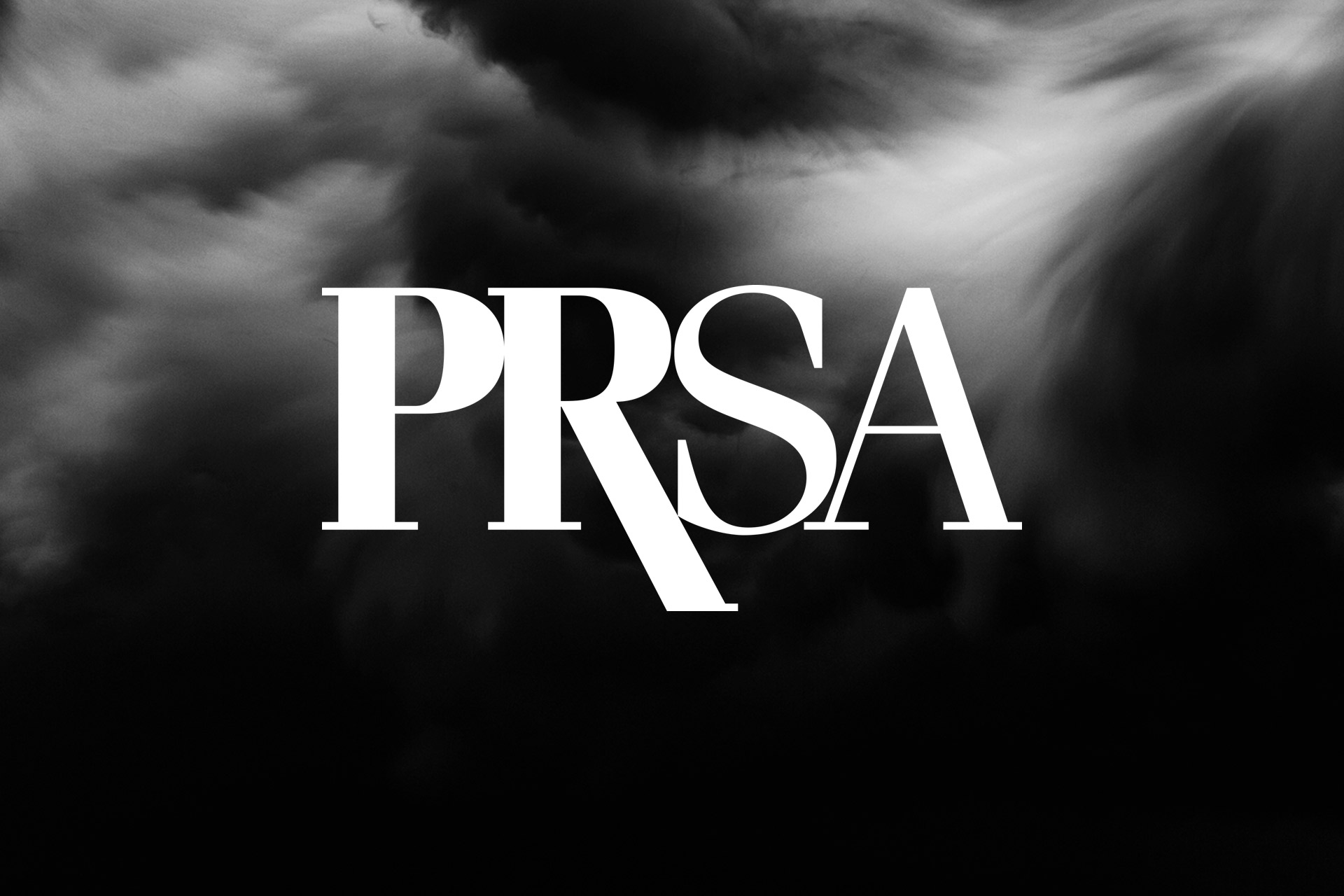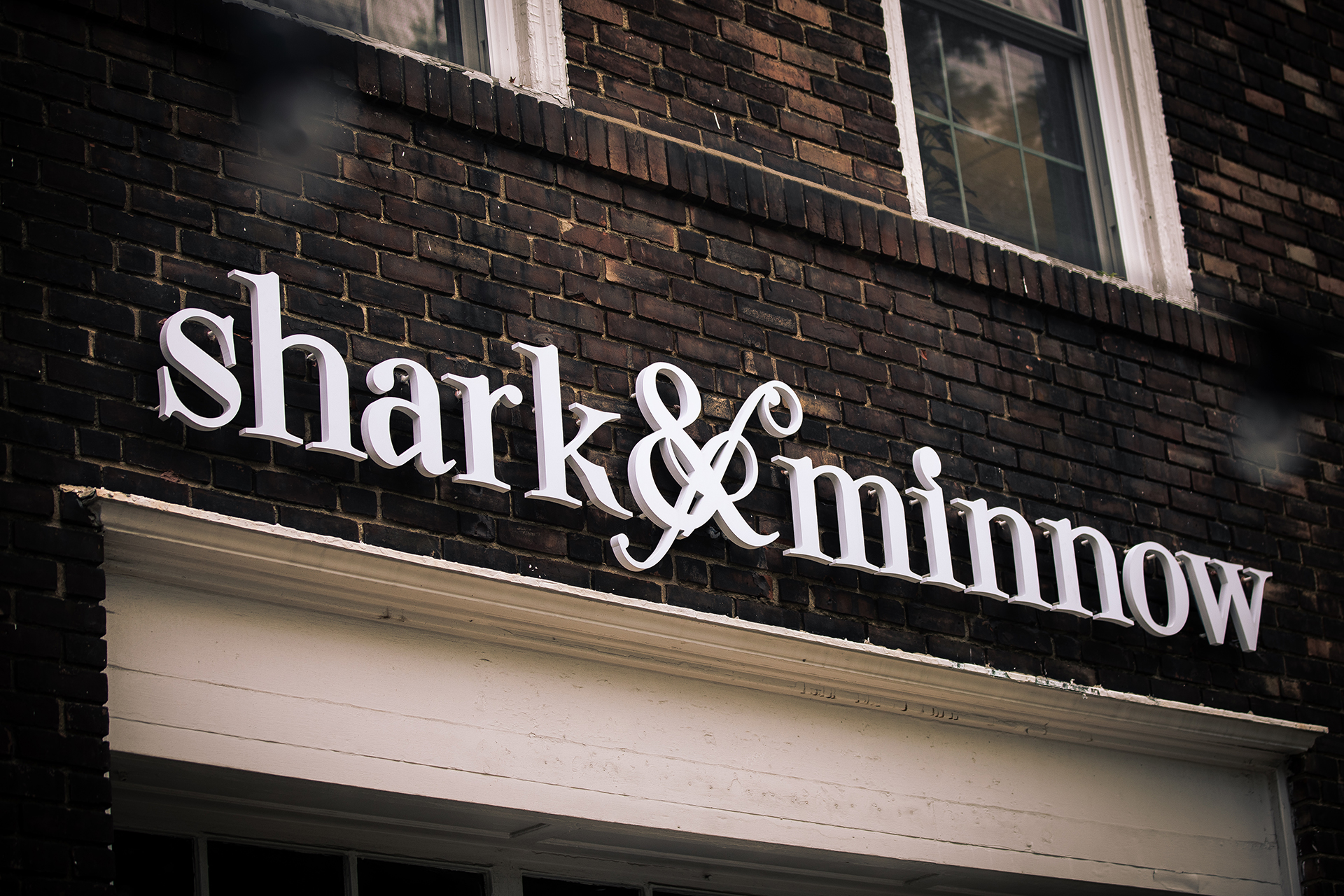Mad Men Super Bowl
While the game boasted a few surprises, one thing can be depended upon:
Another year, another Mad Men Super Bowl from your trusty team at shark&minnow! A couple of things to whet your palette for the main course:
- In 1967, a 30-second commercial during the first-ever Super Bowl cost between $37,500 and $42,500 (Source: Nielsen)
- In 2020, the average cost of a 30-second Super Bowl commercial is $5.6 million (Source: AdAge)
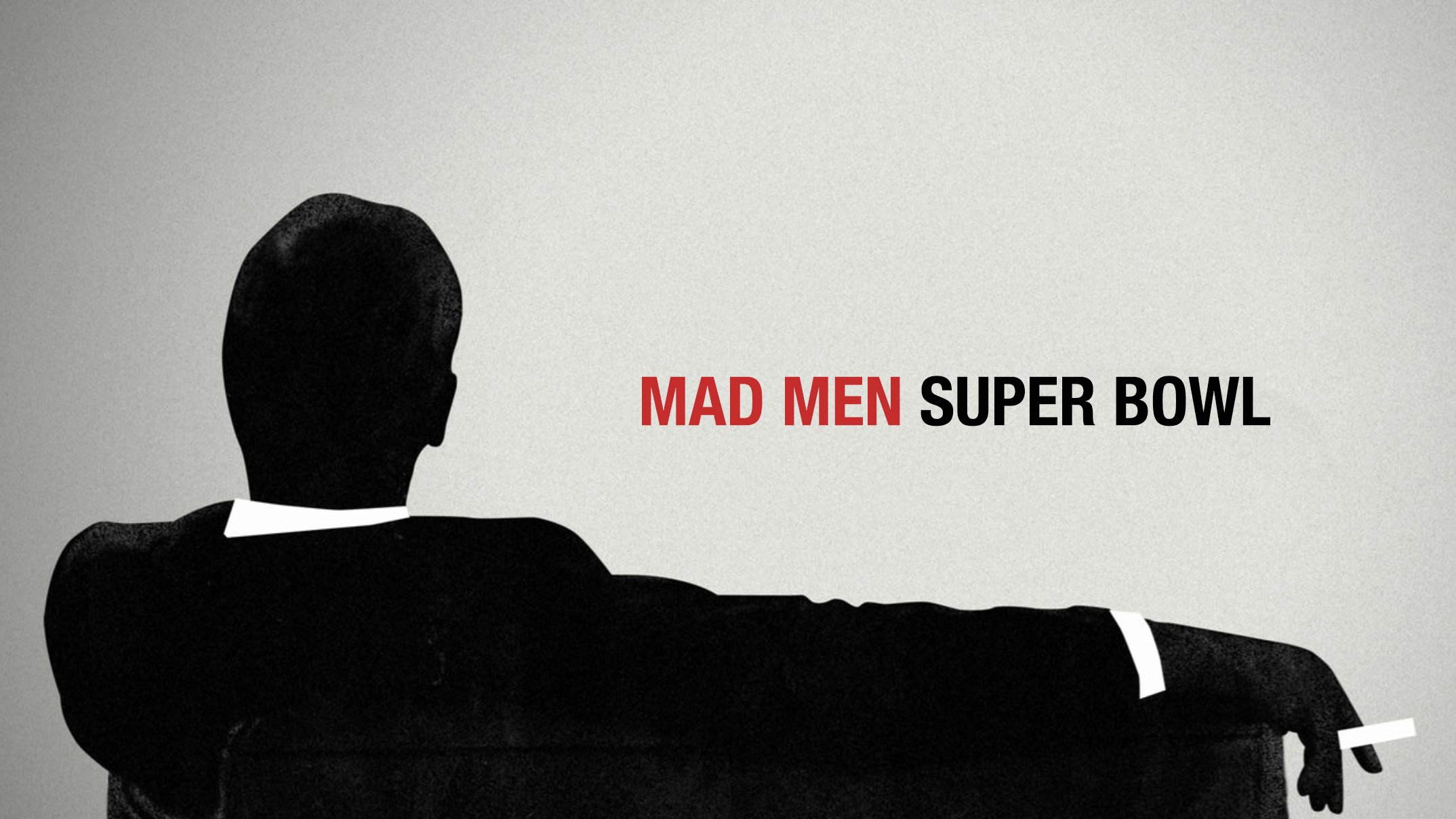
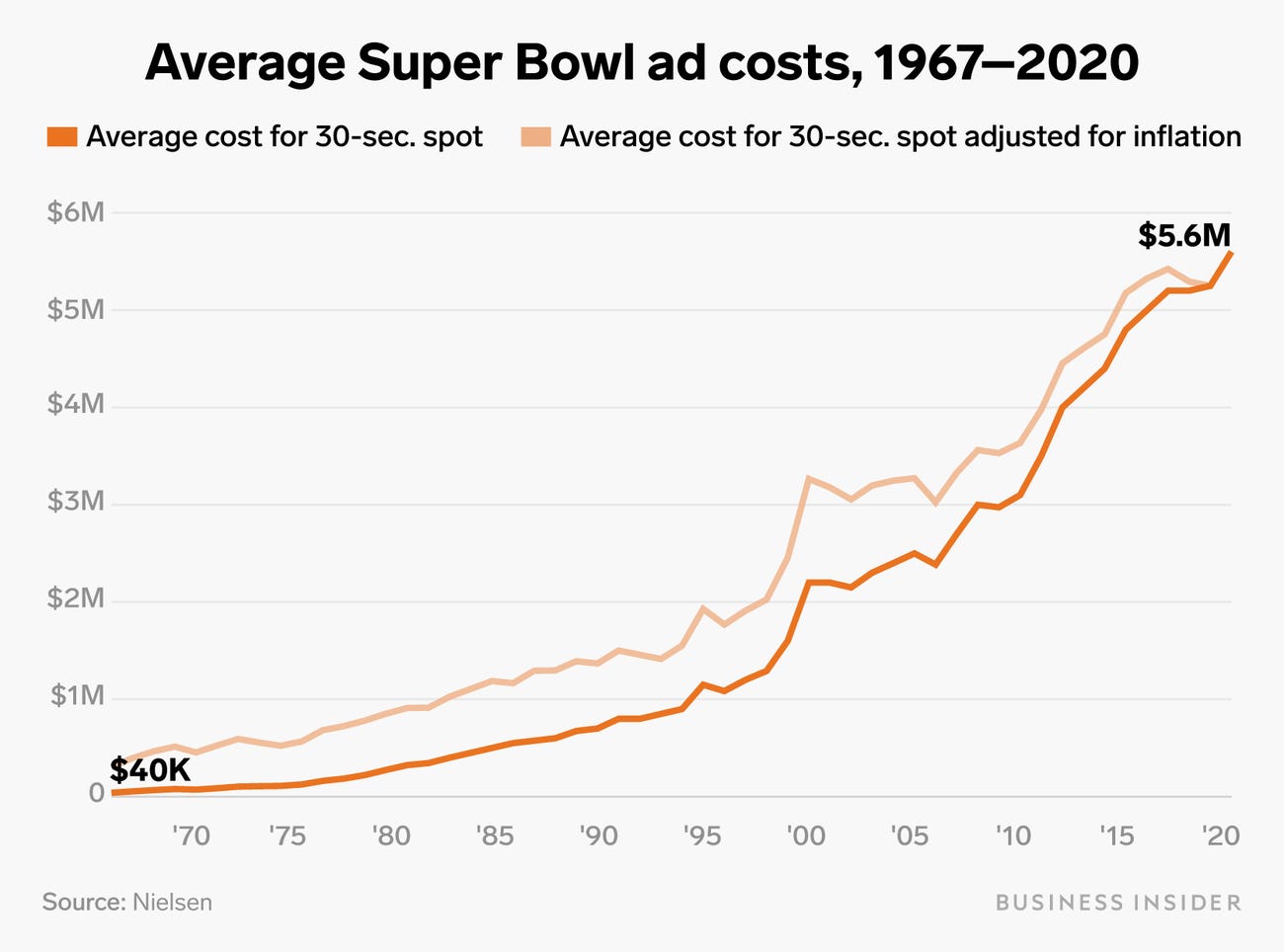
So how did advertisers (and, let’s face it, their agencies) take advantage of this investment in prime time real estate? Ladies & gentlemen, we humbly submit our musings and ratings based on our evaluation of:
- Strategy
- Creativity
- Execution
- Persuasion
- Originality
- Memorable
- Entertainment
- Effectiveness
According to our highly scientific process (fueled by chili, pasta and plenty of beer), we humbly submit the winners & losers of #MadMenSuperBowl2020!
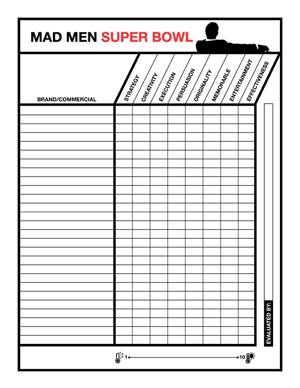
Super Bowl LIV Commercials
The Best
- Google – Virtual Assistant
- General Motors – First Ever GMC Hummer EV
- Hyundai Genesis – Ice
- Mountain Dew – The Shining
- Doritos – Old Town Road
The Worst
- Cheetos – MC Hammer
- Rocket Mortgage – Jason Momoa
- Olay – Make Space for Women
- Audi – Let It Go
- Avocados From Mexico – Shopping Network
Six Trends in the 2020 Super Bowl Commercials
Revolutions Per Minute:
Automotive’s Youthful Next Chapter
Everyone in attendance agreed that the fond farewell to “old luxury” worked well, continuing Hyundai’s trajectory of forging new territory rather than trying to play the part of the scrappy upstart in the luxury automotive category. The casting of John Legend and wife Chrissy Teigan felt like a right fit for the intended audience. Young, fresh and owning every part of their luxury journey (i.e. to the woman who claims not to have had plastic surgery, Chrissy quips: “I saw you in the waiting room…” which feels empowering. Who cares? You want the Botox, get the Botox!). They struck the right notes and, let’s face it, the car has the looks (and while they don’t talk about them in the spot, also the features – especially when you consider the upgraded packages/options) to compete in the category at a fraction of the price of competitors (according to Car & Driver).
On the other hand, there will always be thrill seekers – and Porsche has this base covered. But while the car chase format is tried and true, the surprise ending is what had us talking. No, not the reveal of the driver – but that this high performance on the roads was powered by alt energy (the new Taycan is electric). The tagline of: “Finally, an electric car that steals you” neatly caps the spot and taps into the eco-expectancy trend that we recently discussed in an episode of our Open Swim podcast series (where consumers are going further in regard to greening their lives, moving into a space where brands who don’t evolve towards environmentally-minded practices and products will be left in their dust).
Perhaps the most striking example of this is General Motors reintroduction of the Hummer (now badged as a GMC vehicle – available Fall 2021). The gas-guzzling days of yore are firmly in the rear-view, eliminated by Hummer’s all-new electric engine. A big swing from GM – and hopefully more than a stunt but rather an indication that they have heard the people and responded in a direction that is firmly on-trend. For consumers, and the planet.
Call it a Comeback: Nostalgia
Unlike Hyundai and Hummer, Jeep is doubling down on their well-established brand personality, positioning the vehicle as a gateway to adventure. The tone is humorous and definitely entertaining – that is, if you’ve seen the film it references. For fans of “Groundhog’s Day,” this was a fun ride with a familiar character that relishes that opportunity for adventure. But our team wondered: Does the Jeep audience get it? As a brand that tends to skew younger (it’s not really a family car or really a right fit for most of the senior citizen set), we wondered if the reference rang true. After all, the film debuted in 1993, meaning that you’d have to be in your mid-30s to have been a child when it came out and, if your parents were hip enough, let you see it. Time (and sales) will tell…
Conversely, even if you’ve never seen “The Shining” (we’re sorry…) the dialogue in this spot still makes sense. The casting of Brian Cranston and Tracee Ellis Ross (both having recently starred on shows popular with audiences that span generations – “Breaking Bad,” “Blackish”) carry the audience’s interest and inherent drama of the product: “…same refreshing taste as the original, without any of the sugarrrrrrrr!”
Walmart’s promise of “Out of this world convenience” references many nostalgic (as well as a few more recent) characters from science fiction hits such as “Bill & Ted’s Excellent Adventure” (the third installment of the franchise which comes out this Summer), “Men in Black” and others. It’s a pretty heavy handed take and didn’t leave us particularly motivated to shop Walmart – at least, no more than we intended to before the spot aired.
Real Love
At least two team members admitted to tearing up during this spot (though we’re sure a few were just playing it cool). And while this Google campaign has been in market for a few years, we felt this was one of the most moving and real expressions of the concept. One of the reasons we felt it was particularly successful is that it showed a new application for their existing technology to an audience not typically featured in (or targeted by) a campaign by a technology company. The campaign continues to warm up the tech category (something that others in the sector have tried, not always in an ownable way).
In terms of a brand promise, New York Life’s “Love Takes Action” felt very ownable and cut to the core of why those who can, invest in Life Insurance. It’s always an investment in the ones you love as they are the ones who receive the cash benefit when the inevitable occurs. Our team was roughly split on the execution, however, with some members feeling the spot was heavy-handed, spoon-feeding too much information and telling you how to feel while others declared: “You’re heartless! This was everything we wanted and more!”
The Reality Warp
(or LoFi FX Failures & Successes)
Not so hot…
Yep, yep – we get it. We just didn’t feel it was particularly entertaining (probably because MC Hammer keeps showing up in spots every few years – i.e. Command adhesives, Nationwide) or illuminating (Cheetos – and now Cheetos popcorn – are messy. Thus why the parents in the group immediately cringed thinking about their kids wanting to sample these snacks). But this was one of several spots that didn’t try to make the fx look “real.” Part of the gag was that they were pretty LoFi. Felt stylistically of-the-moment at a time when people are trying to sort fact from fiction online or in the news. We like how brands are saying: “It’s not real…and that’s part of what makes it funny.”
And while the fx in this Rocket Mortgage spot were also clearly very “budget” looking, it still left half our team cringing. So much so that we couldn’t even recall the point of the ad when we went to rate it…no good.
Winner
Cowboys are having a big moment already in 2020 (see the Grammy’s for recent Wild West realness from Billy Porter, Orville Peck (who’s fringe is always on point), Diplo and others). Doritos really caught on to this – as well as the Lil Nas X bandwagon which is all about expanding the definition of what we think of as “Country Culture.” And while some of the graphics were a little more slick, moments like Sam Elliott’s mustache dancing felt a little LoFi/hyper real to us. But, truly, that’s not the point here. This spot was fun: Who doesn’t like a dancing horse (in related news, this Super Bowl was comparatively light on animal humor. Perhaps that moment has passed).
Advertising as PR
The political and NFL ads that aired seemed to try to do the heavy-lifting typically associated with Public Relations – and not very successfully. No matter one’s politics, we think it’s fair to say that trying to “solve” a complex issue in a single tv commercial is a rough task. At best, these spots felt puzzling – at worst, disingenuous. It’s not that the format is new, but we felt this strategy was particularly jarring given the fractured state of American politics and social issues at the moment.
Ads as Action
And, finally, if voting with your dollars or making that meaningful donation is what inspires you, Michelob and WeatherTech have you covered. For advertisers like these, the value proposition and call to action (or CTA) have to do with meaningful associations that align with their products in actionable ways. Is this the modern face of “cause marketing” and will it work? For organic farming and the state of ill pets, let’s hope so.
And…that’s a wrap! Until next year…



